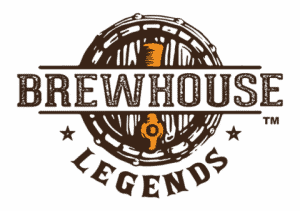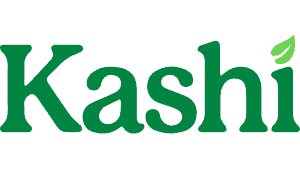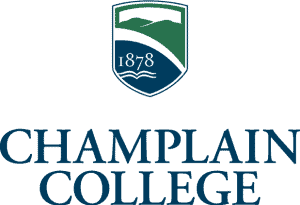Raising a Glass to Awareness: How Washington State Used Bar Coasters to Reopen Safely Amid COVID
During the COVID-19 pandemic, Washington State faced a unique challenge: safely communicate reopening protocols for bars and encourage responsible behavior as restrictions were lifted. To raise awareness, the state launched an innovative bar coaster campaign targeted at rural areas and priority counties across the state. This campaign aimed to provide key information about bar reopening while engaging patrons with compelling calls to action.
Campaign Overview
Washington State conducted a state-wide campaign with 120 venues, distributing 240,000 bar coasters to deliver their message. Each coaster was printed with a QR code leading to vital COVID-19 reopening information, safety guidelines, and other resources to ensure a smooth, safe transition for patrons returning to bars.
Reach and Metrics
The bar coaster campaign generated an impressive 50 to 55 million impressions, with a CPM (Cost per Thousand Impressions) ranging between $2 and $2.50—an extremely cost-effective metric for such a widespread public health message. With rural venues playing a critical role in the outreach, the campaign’s ability to reach remote communities further highlighted the flexibility of this unique in-hand media tactic.
Engagement
With QR codes integrated directly into the design, the campaign encouraged patrons to engage with the reopening information in real time. This led to an estimated 11% engagement rate through QR code scans, demonstrating strong interaction from bar-goers.

Bar Coasters Campaign with QR Code
Key Benefits
- Wide Reach in Targeted Locations: The campaign successfully connected with Washington State residents in rural areas and priority counties, providing crucial health information to those often less reached by traditional media.
- High Engagement: The 11% engagement rate on QR code scans was a significant indicator of active participation, showing that bar patrons were not only noticing the coasters but were also acting on the information.
- Low CPM, High Impact: With a CPM as low as $2 to $2.50, the campaign proved incredibly cost-efficient compared to other media. By using bar coasters, Washington State achieved high impressions at a fraction of the cost of more traditional advertising methods.
This campaign is a great example of how non-traditional media, such as bar coasters, can be effectively used to communicate important public health messages while achieving high reach, strong engagement, and cost-efficiency




